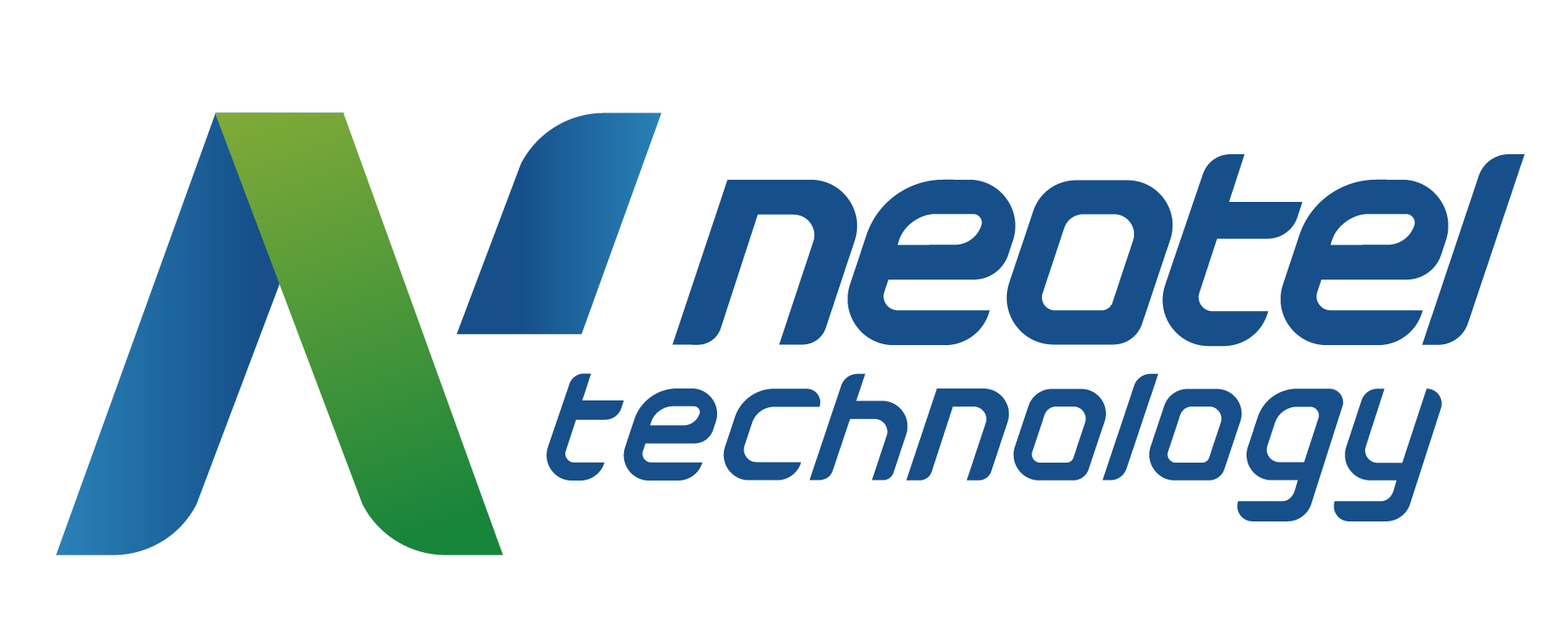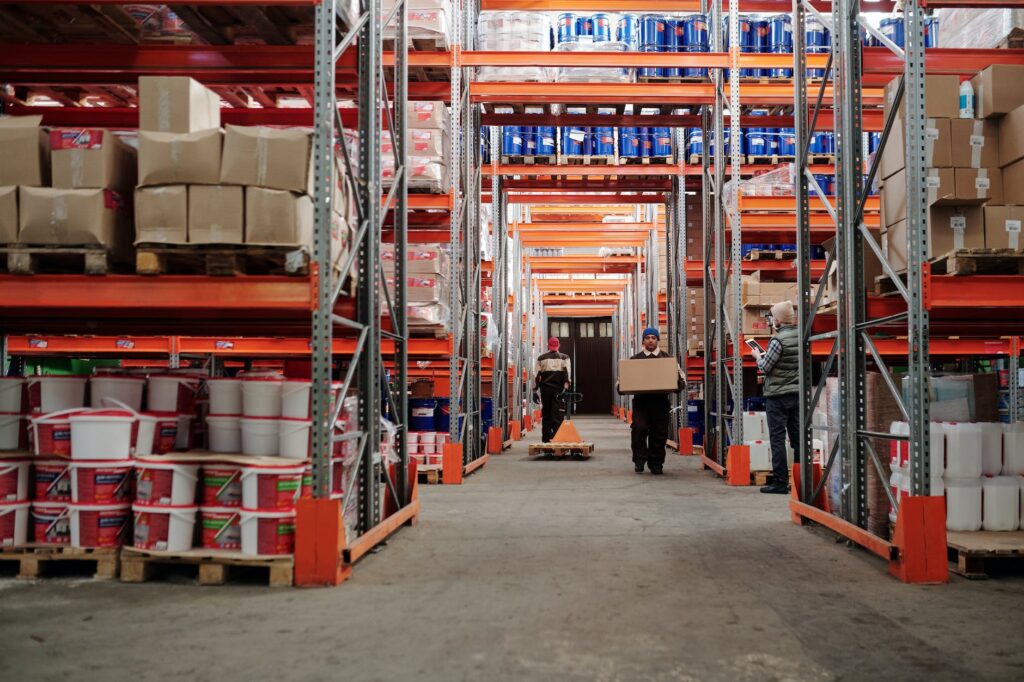- Stock level: the amount of inventory on hand at a given time
- Reorder point: the inventory level at which an order should be placed
- Lead time: the time it takes to receive inventory after an order is placed
- Stockout: the state of being out of stock of a particular item
- Safety stock: extra inventory kept on hand to avoid stockouts
- Cycle counting: a method of regularly counting a portion of inventory to ensure accuracy
- Bill of materials (BOM): a list of materials and components needed to make a product
- Kanban: a system for managing inventory and production using cards or other visual cues
- ABC analysis: a method of classifying inventory items by importance or value
- FIFO: first in, first out method for valuing and selling inventory.
- LIFO: last in, first out method for valuing and selling inventory
- FEFO: first expired, first out the method for managing inventory of perishable goods
- Stock turnover: the rate at which a company sells and replaces its inventory
- Gross margin: the difference between the cost of goods sold and the revenue generated from selling those goods
- Carrying cost: the cost associated with holding and storing inventory, including insurance, taxes, and storage fees.
- Stock Adjustment: A process of recording the increase or decrease in stock due to breakage, theft or any other reasons
- Stock Valuation: The process of determining the value of a company’s inventory
- Stock Audit: An independent examination of a company’s inventory to ensure accuracy and compliance with regulations.
- Excess Inventory: The inventory which is not needed at the moment and cannot be sold in the near future.
- Obsolete inventory: The inventory that is no longer needed or in demand by customers.
- Minimum stock level: The lowest level of inventory that a company needs to maintain to meet customer demand and avoid stockouts.
- Maximum stock level: The highest level of inventory that a company can afford to hold without incurring high carrying costs.
- Stock replenishment: The process of restocking inventory to meet customer demand.
- Drop shipping: A type of inventory management where a company does not keep goods in stock but transfers customer orders and shipment details to a supplier or manufacturer.
- Stockless production: A method of inventory management where a company only produces what is needed, when it is needed, to meet customer demand.
- Barcode scanning: A method of inventory management where barcodes are used to track the movement of inventory in and out of a warehouse or store.
- Inventory turnover ratio: a ratio that measures how frequently a company sells and replaces its inventory over some time.
- Gross margin return on investment (GMROI): A measure of how effectively a company uses its inventory to generate profit.
- Inventory to sales ratio: A ratio that compares a company’s inventory levels to its sales over some time.
- RFID: Radio Frequency Identification, a method of inventory management where RFID tags are used to track the movement of inventory in and out of a warehouse or store.
- Stockless Production: A method of inventory management where a company only produces what is needed, when it is needed, to meet customer demand.
- Pull System: A method of inventory management where production is based on actual customer demand.
- Push System: A method of inventory management where production is based on forecasted demand.
- Make-to-Order: A method of inventory management where goods are produced only after a customer places an order
- Make-to-Stock: A inventory management method where goods are produced in advance and held in inventory for customer demand.
- Stockless Manufacturing: A method of inventory management where a company only produces what is needed, when it is needed, to meet customer demand.
- Capacity Planning: A method of inventory management where production capacity is matched to forecasted demand
- Backordering: A method of inventory management where customers are notified that a product is out of stock and will be shipped later.
- Stockless Procurement: A method of inventory management where a company only purchases what is needed, when it is needed, to meet customer demand.
- Lean Inventory: A method of inventory management where a company strives to keep inventory levels as low as possible while still meeting customer demand.
- Stockless Distribution: A method of inventory management where a company only ships what is needed, when it is needed, to meet customer demand.
- Stockless Supply Chain: A method of inventory management where a company only keeps the minimum amount of inventory necessary throughout the supply chain.
- JIT: Just-in-Time, a method of inventory management where goods are produced and delivered just in time to meet customer demand.
- VMI: Vendor Managed Inventory, a method of inventory management where a supplier manages the inventory levels of the products they provide to a company.
- EOQ: Economic Order Quantity, a method of inventory management that calculates the optimal order quantity for inventory to minimize costs and maximize efficiency.
- Stockless Planning: A method of inventory management where production, procurement, and distribution are based on actual customer demand.
- Stockless Management: A method of inventory management where a company only keeps the minimum amount of inventory necessary to meet customer demand.
- Stockless Logistics: A method of inventory management where a company only keeps the minimum amount of inventory necessary in the logistics process.
- Stockless Warehousing: A method of inventory management where a company only keeps the minimum amount of inventory necessary in the warehouse.
- Stockless Retail: A method of inventory management where a retail store only keeps the minimum amount of inventory necessary to meet customer demand.

knowledge
Barcode
1D code 1D codes, also known as linear or one-dimensional codes, are barcodes consisting of parallel lines of varying widths and spaces. They can store


